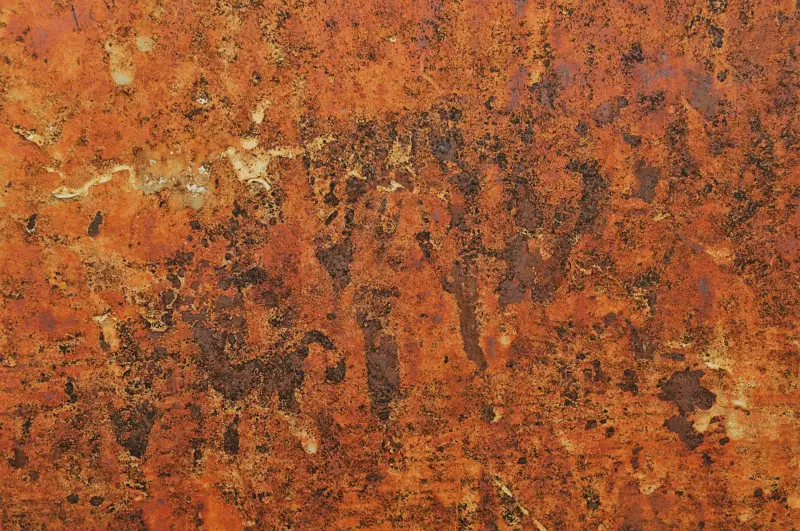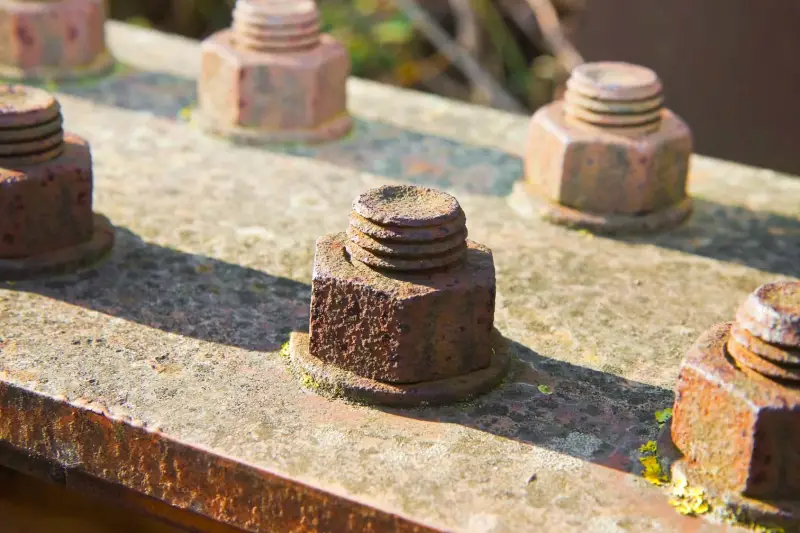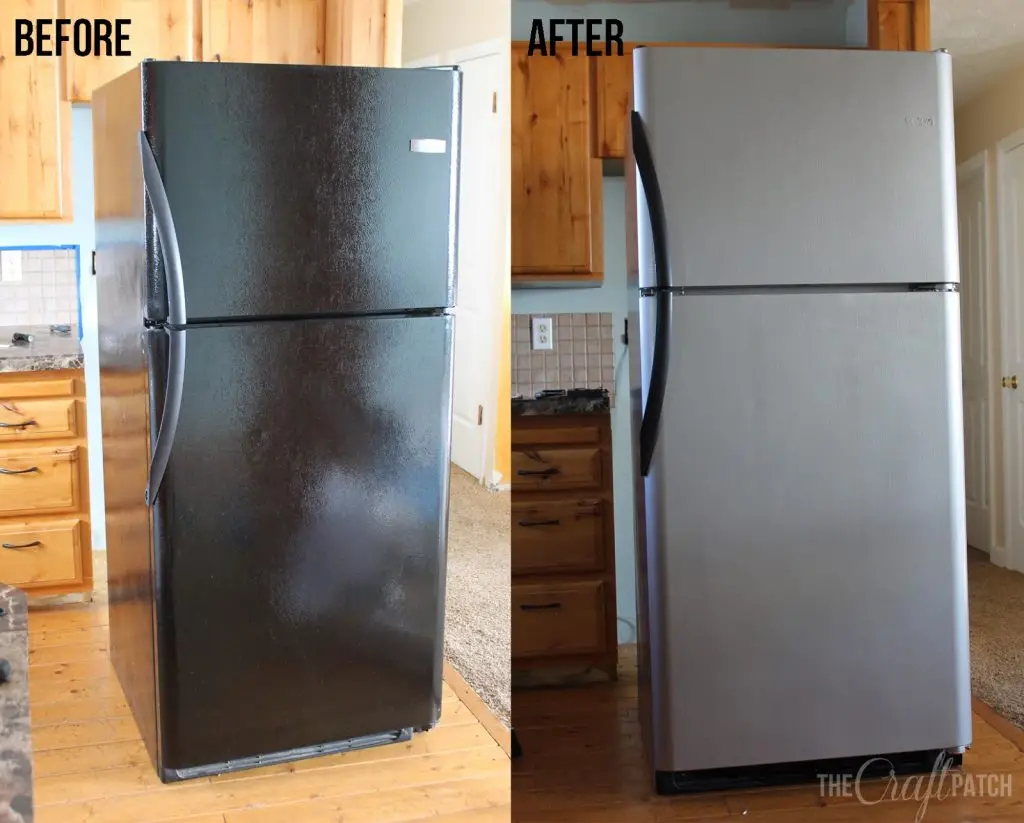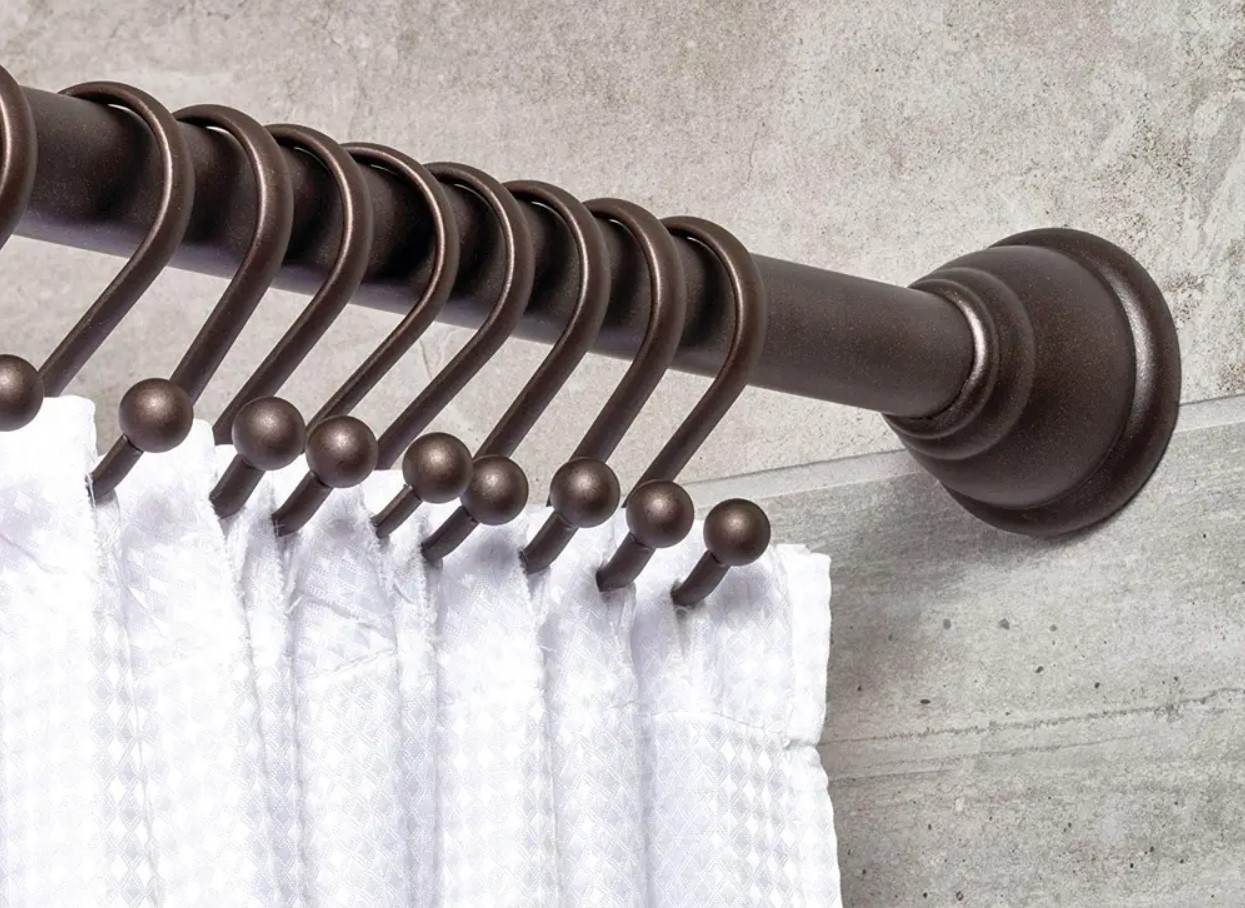Rust is a common problem for metal surfaces, but it’s not just unsightly – it can also weaken the structure and shorten the lifespan of metal items. Protecting metal from rust is crucial for preserving the integrity and longevity of everything from vehicles to outdoor furniture. In this blog post, we will discuss various methods for protecting metal from rust and the pros and cons of each. From using rust inhibitors to galvanizing, we will provide practical and effective tips to help you keep your metal surfaces looking and performing their best.
So, have you ever wondered what the best way is to protect your metal items from rust? Do you want to learn more about the different options available and the benefits of each? Then, keep reading! This post will guide you through the process of preventing rust, and help you find the solution that’s right for you.

Protect Rusted Metal Overview
One of my favorite products for protecting metal from rust is rust inhibitors. These are specially formulated products that are applied to metal surfaces to prevent the formation of rust. They work by creating a barrier that blocks out moisture and oxygen, which are the two main culprits of rust. What I love about rust inhibitors is how easy they are to use. All you have to do is clean the metal surface, apply the product, and voila! Your metal is protected.
Another great option for protecting metal from rust is galvanization. This is a process where metal is coated with a layer of zinc, which acts as a barrier against rust. The zinc acts as a sacrificial anode, meaning that it corrodes instead of the metal underneath. This not only protects the metal from rust, but it also provides a longer lifespan for the item. I have to say, I’m really impressed by how durable and effective galvanization can be.
And let’s not forget about rust converters. These are products that are specifically designed to convert rust into a stable compound that can be painted over. So, not only are you protecting the metal from further rusting, but you’re also restoring its appearance. I think rust converters are a fantastic solution for those who want to tackle rust in a simple and effective way.
In conclusion, there are so many amazing products, methods, and materials available to protect rusted metal. Whether you choose rust inhibitors, galvanization, or rust converters, you’ll be taking a positive step towards preserving the integrity and longevity of your metal items. So, go ahead and give it a try! Your metal surfaces will thank you.
Protect Rusted Metal -Methods in Comparison
Analysis of the Problem:
Rust is caused by the reaction of metal with moisture and oxygen. When metal is exposed to these elements, it oxidizes, forming iron oxide, which we know as rust. The formation of rust weakens the metal, making it more prone to breaking or cracking. Rust also ruins the appearance of metal items, making them look unsightly.
Methods for Solving the Problem:
- Rust Inhibitors: Rust inhibitors are specially formulated products that are applied to metal surfaces to prevent the formation of rust. They work by creating a barrier that blocks out moisture and oxygen, which are the two main culprits of rust.
- Galvanization: Galvanization is a process where metal is coated with a layer of zinc, which acts as a barrier against rust. The zinc acts as a sacrificial anode, meaning that it corrodes instead of the metal underneath. This not only protects the metal from rust, but it also provides a longer lifespan for the item.
- Rust Converters: Rust converters are products that are specifically designed to convert rust into a stable compound that can be painted over. So, not only are you protecting the metal from further rusting, but you’re also restoring its appearance.
| Method | Pros | Cons |
|---|---|---|
| Rust Inhibitors | Easy to use, affordable, and effective at preventing rust | Must be reapplied regularly to maintain protection |
| Galvanization | Durable, long-lasting protection against rust, also increases lifespan of metal item | Can be more expensive than other methods and requires specialized equipment for application |
| Rust Converters | Easy to use, affordable, and effective at converting rust into a stable compound that can be painted over | May not be suitable for large areas of rust or for metal items that will be exposed to harsh conditions |
Conclusion:
In conclusion, there are several methods available for protecting metal from rust, including rust inhibitors, galvanization, and rust converters. Each method has its own set of pros and cons, and the best method for you will depend on your individual needs and circumstances. By considering the pros and cons of each method, you can make an informed decision about which method is best for you. Remember, protecting your metal items from rust is important for preserving their integrity and longevity, so take the time to find the right solution for your needs.

Equipment To Work With Protect Rusted Metal
| Equipment | Description | Purpose |
|---|---|---|
| Wire brush | A brush made of wire bristles | Used for removing loose rust and surface debris from metal surfaces |
| Sandpaper | Fine grit paper used for sanding | Used for removing surface rust and smoothing metal surfaces |
| Rust inhibitors | Chemical products for rust protection | Applied to metal surfaces to prevent the formation of rust |
| Galvanization equipment | Zinc coating equipment | Used for applying a protective layer of zinc to metal surfaces |
| Rust converters | Chemical products for converting rust | Used to convert rust into a stable compound that can be painted over |
| Protective gloves | Gloves made of materials that protect hands from chemicals | Used to protect hands while handling rust inhibitors, rust converters, and galvanization equipment |
| Respirator | Protective mask worn over the nose and mouth | Used to protect against inhaling dangerous chemicals while handling rust inhibitors, rust converters, and galvanization equipment |
Note: This table is not exhaustive and may vary depending on the specific method being used to protect rusted metal. It is important to always follow manufacturer’s instructions and safety guidelines when using any equipment to protect rusted metal.
Step-by-Step Instruction On Protect Rusted Metal
- Clean the surface: Before you start, make sure the metal surface is clean and free of dirt and debris. Use a wire brush or sandpaper to remove any loose rust and surface debris.
- Apply rust inhibitors: Rust inhibitors are chemical products designed to prevent the formation of rust. Follow the manufacturer’s instructions for application and make sure to wear protective gloves and a respirator to protect against harmful chemicals.
- Allow the rust inhibitor to dry: Once you have applied the rust inhibitor, allow it to dry completely. The drying time will depend on the specific product you are using and the conditions in which it is applied. Follow the manufacturer’s instructions for the recommended drying time.
- Repeat the process: Depending on the specific product and conditions, you may need to reapply the rust inhibitor. Check the manufacturer’s instructions for specific recommendations.
- Protect with a topcoat: Once the rust inhibitor has dried, you can protect the metal further by applying a topcoat. A topcoat will not only protect the metal from rust, but it will also restore its appearance.
Note: If you are using galvanization or rust converters, follow the manufacturer’s instructions for those specific products and make sure to wear protective gloves and a respirator to protect against harmful chemicals.
F.A.Q.
What causes metal to rust?
Metal rusts due to the oxidation of iron in the metal in the presence of moisture and air. This reaction results in the formation of iron oxide, which is commonly known as rust.
Can rust inhibitors prevent rust completely?
Rust inhibitors can slow down the formation of rust and provide protection, but they cannot prevent rust completely. Rust inhibitors work by creating a barrier between the metal and the elements that cause rust to form, but over time this barrier can deteriorate, leaving the metal exposed. Regular maintenance and reapplication of rust inhibitors is necessary to ensure continued protection.
Are rust converters safe to use?
Rust converters are considered safe when used as directed, but it is important to follow manufacturer’s instructions and safety guidelines, including wearing protective gloves and a respirator to protect against inhaling harmful chemicals. Always check the specific product you are using for any warnings or precautions.
Can rust inhibitors be used on painted surfaces?
Yes, rust inhibitors can be used on painted surfaces. However, make sure to check the manufacturer’s instructions for any specific recommendations or warnings. Some rust inhibitors may be compatible with some paints but not others, so it is important to check before applying.
How often should I reapply rust inhibitors?
The frequency of reapplication depends on the specific product you are using and the conditions in which it is applied. Check the manufacturer’s instructions for specific recommendations, as some products may need to be reapplied more frequently than others.
Can I paint over rust inhibitors or rust converters?
Yes, once the rust inhibitor or rust converter has dried, you can paint over it. This will not only protect the metal from rust, but it will also restore its appearance.
Can rust inhibitors be used on outdoor metal surfaces?
Yes, rust inhibitors can be used on outdoor metal surfaces. They are designed to provide protection against the elements that cause rust to form, including moisture and air. However, it is important to follow manufacturer’s instructions and reapply the rust inhibitor regularly to ensure continued protection.



Leave a Reply